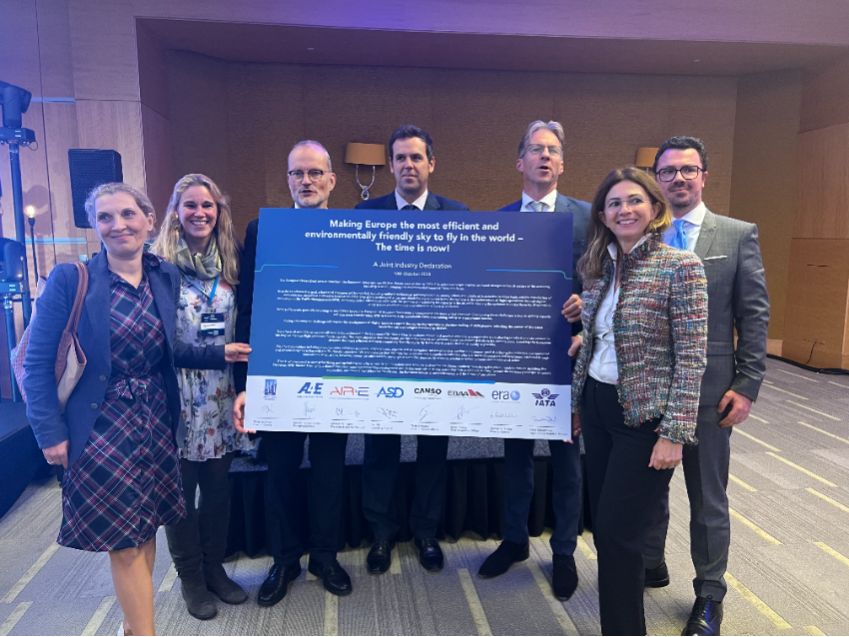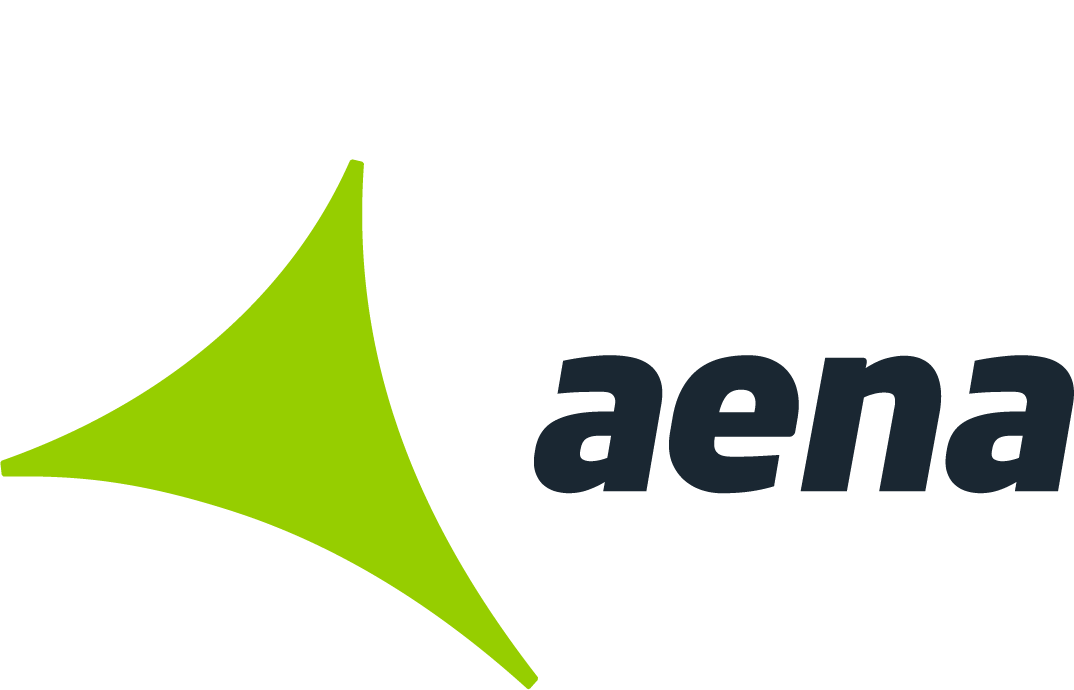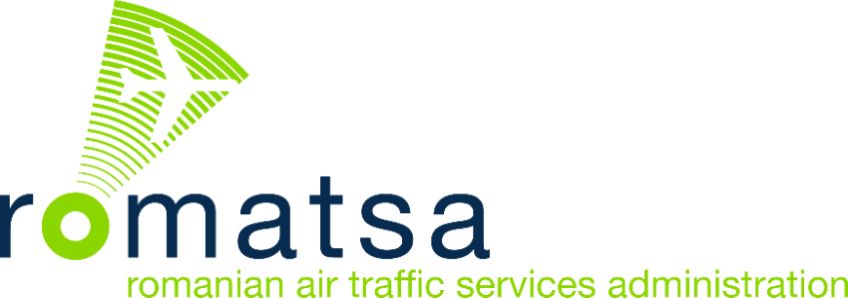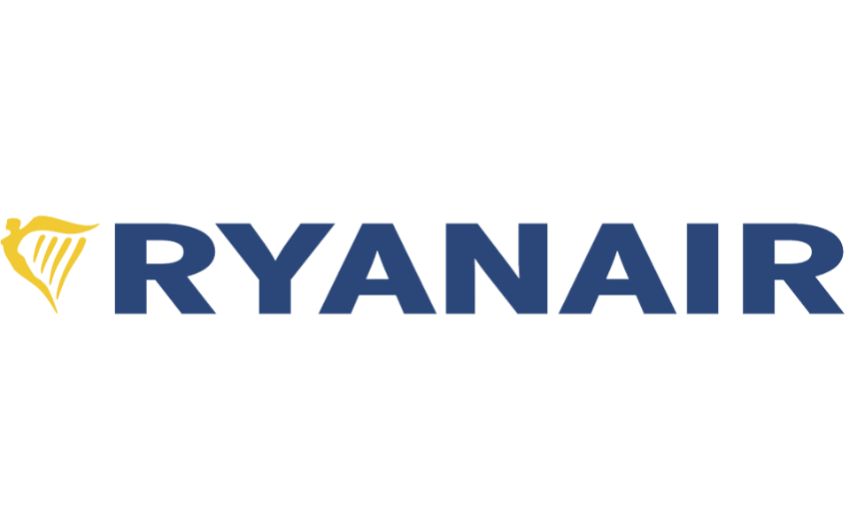In conversation with... MEP Marian-Jean Marinescu
What would it mean if Europe were to become the most efficient and environmentally friendly sky to fly in the world? What would be the most palpable changes?
It depends on the aviation sector. For manufacturing, aspects like decarbonisation can be done through alternative sustainable aviation fuels (SAFs). The Refuel aviation legislation introduces targets for the percentage of SAF use.
New planes are more CO2 efficient. It’s not only about emissions but also airframes and aerodynamics. This is where the Clean Aviation Joint Undertaking (JU) has contributed. Production of future planes will be based on this. To decrease emissions, we must make fleets more modern, which means renewing them. This will need a lot of financing.
Air traffic management is another area. SESAR has made good progress, but there is a way to go before we can implement it. This also relies on money.
You have led the Single European Sky file for over a decade – where is the hold-up, how can it be alleviated and why is this an important file?
The file is being held up by the Council. It has been on the radar of five presidencies yet we have only closed chapter four. It is ultimately a discussion of money because member states want to have the freedom to decide the charge that they have. It is a benefit for industry and passengers. Passengers are the main beneficiaries. They’ll fly less but have more comfort. It will also contribute to lower emissions. This is why Parliament has tried to put this in place for many years.
What role can the modernisation of air traffic management play to help achieve the aviation sector’s climate neutrality ambitions?
Traffic management is a monopoly as member states have the exclusive right to designate the traffic service provider. It must be monitored but they don’t want to be regulated. We are not discussing decreasing charges but providing enough capacity to be service cost efficient. We must facilitate investment into interoperability between service providers and provide the best service for airlines. The word passenger isn’t in regulation but all costs are paid by the passenger so we should respect them and provide the best service.
What is being done at the EU level to advance research, development and deployment as far as the necessary technical solutions are concerned?
SESAR and upcoming regulations should bring about a digital European sky if we accept having these systems in place.
Where does the goal to deliver a digital European sky fit into this and what do you see as central to achieving this?
Interoperability between member states and air traffic providers. SESAR was established to provide traffic management from gate to gate, but it is not complete. There are solutions ready to be implemented but we have multiple providers of air traffic management, so it’s fragmented. Each provider monitors traffic over their state and this should be built on a more efficient structure.
SESAR should provide interoperable system solutions, but these are implemented by different companies that are reluctant for commercial reasons. Interoperability will arrive with the progress of technology, like with satellite-based traffic management.
What can be done to support aviation innovators, and which innovations stand out to you?
Horizon should support innovation. SESAR has provided solutions from R&D across different sectors. Clean Aviation has published a lot of innovation regarding wing and engine efficiency. I think Clean Aviation and SESAR are the most successful European partnerships. Traffic management should come into this. I think electric planes will happen, first on a regional level. The Fuel Cells and Hydrogen JU could also bring benefits.
How can you contribute to the achievement of the ambitious goal the European aviation industry set to make Europe the most efficient and environmentally friendly sky to fly in the world?
Horizon is important, but each year we try to increase the funds for the JUs specialised in aviation. We have our own initiative report for electric planes in Parliament and this is our current contribution.

The European Green Deal is set to transform the European Union into the world's first climate neutral bloc by 2050. Aviation, one of Europe’s largest industries, is undergoing significant changes to help the bloc achieve this goal. At the end of 2023, the sector published a declaration committing to rapid and united action to make European airspace the most efficient and environmentally friendly sky to fly in the world.
Co-signed by ACI EUROPE (Airports Council International), Airlines for Europe (A4E), Airlines International Representation in Europe (AIRE), Aerospace, Security and Defence Industries Association of Europe (ASD), Civil Air Navigation Services Organisation (CANSO), European Business Aviation Association (EBAA), European Regions Airline Association (ERA) and the International Air Transport Association (IATA), the declaration underlines the need to boost cooperation and investment in multiple technology pathways, including air traffic management (ATM). It calls for continued support to the Single European Sky ATM Research Joint Undertaking (SESAR JU), which is carrying out research and innovation activities in support of a sustainable, resilient, Digital European Sky.
Analysis by the SESAR JU, EASA and EUROCONTROL suggests that introducing new technologies and procedures into ATM can provide a significant and immediate contribution towards making aviation climate neutral, while work progresses on other high impact innovations, such as sustainable aviation fuels and new aircraft. It is estimated that already delivered SESAR solutions could result in a 4% reduction in CO2 emissions per flight and that the solutions already implemented have contributed 2% in emissions reductions per flight.
Read the full 'Making Europe the most efficient and environmentally friendly sky to fly in the world: The time is now!' declaration here.
We asked individual aviation companies representing different parts of the sector (Air navigation service provider, airport and airline) to share their views on the role of ATM modernisation in delivering more sustainable and efficient future of European aviation.

Aena is committed to the Digital European Sky programme, with a focus on emissions reduction and modernisation of aviation infrastructure to meet net-zero targets, as well as providing smooth performance through the entire journey. Ultimately, it is about enabling more connected and automated air traffic services through the use of emerging digital technologies to operate with higher performance and resilience.

Participation in SESAR brings us closer to identifying and implementing new technologies and procedures that further enhance efficiency and environmental friendliness. ROMATSA is a pioneer in implementing operational concepts such as free route airspace (FRA) operations, which generated resource savings for aircraft operators and reduced gas emissions for environmental protection.

Ryanair and A4E have long campaigned for reform of EU ATC services. A more efficient EU ATC service, supported by new technologies to enable more automatisation processes, would reduce fuel and CO2 emissions by up to 10%, bringing us closer to our goal of net-zero carbon emissions by 2050.